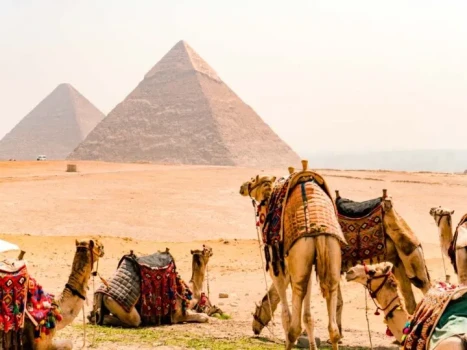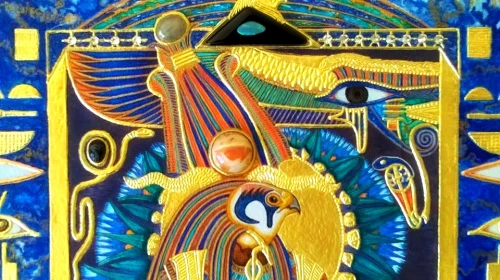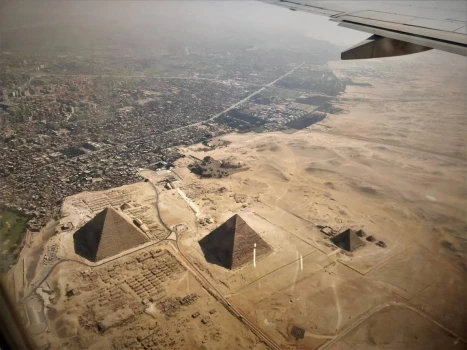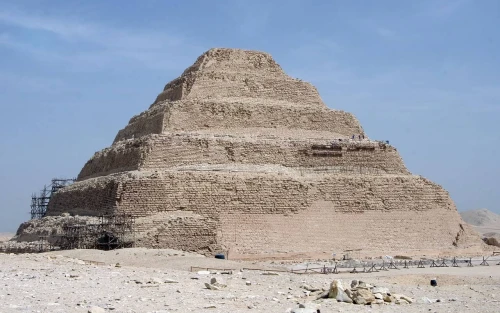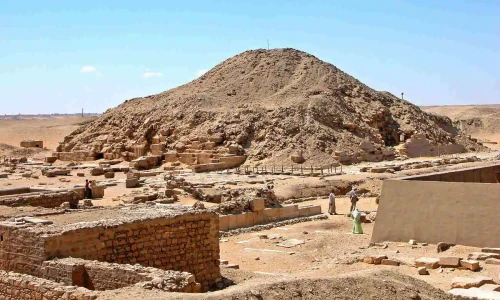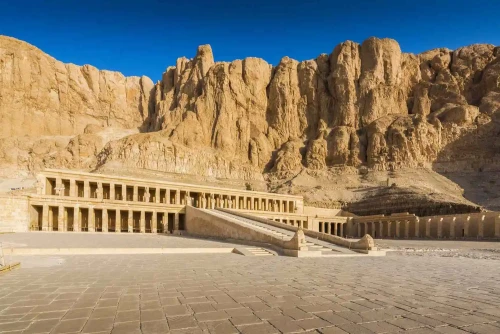
The Valley of the Kings in Luxor, Egypt, is home to many ancient tombs, including those of pharaohs like Seti I, Ramses II, and Tutankhamun. From these tombs, we learn about the illustrious history and culture of ancient Egypt as well as the lives and reigns of these powerful kings.
1- The tomb of the youthful king Tutankhamun is one of the Valley of the Kings' most well-known and well-preserved tombs. The tomb, discovered by Howard Carter in 1922, is renowned for its elaborate decorations and the wealth of items it held. The frescoes and reliefs that decorate the tomb's walls vividly represent Tutankhamun's life and the afterlife. Tourists may also see the famous golden Tutankhamun mask and other artefacts from the tomb, like as jewellery, furniture, and shabti figures.
2- Ramses VI's tomb is one of the Valley of the Kings' largest and most impressive. The 1995 discovery of the tomb features various colorful reliefs and inscriptions in addition to a unique astronomical ceiling that depicts the stars and constellations. The walls of the tomb also feature texts from the Book of the Dead and pictures of the pharaoh offering sacrifices to the gods. There are a number of side rooms in the tomb as well, one of which may have contained the pharaoh's mummy.
3- The long hallway of inscriptions and reliefs that chronicle the pharaoh's rule may be seen in the tomb of Seti I. On the tomb's walls, depictions of the pharaoh making gifts to the gods and engaging in military adventures may be seen. A magnificent burial chamber with a fresco of the goddess Nut on the ceiling may also be found in the tomb. One of the most comprehensive and well-preserved tombs in the Valley of the Kings is this one.
4- The beautifully-preserved reliefs and inscriptions in the tomb of Ramses III as well as the length of the passage leading to the inner chamber make it famous. On the tomb's walls, images of the pharaoh are seen making gifts to the gods and in scenes from his military triumphs. The tomb also features a number of side rooms, and it is believed that one of these formerly housed the pharaoh's mummy.
5- The tomb of Horemheb is among the Valley of the Kings tombs that have been discovered most lately. It features many side chambers with well-preserved reliefs and inscriptions that were likely utilised for the pharaoh's family members' burial. On the tomb's walls, depictions of the pharaoh making gifts to the gods and engaging in military adventures may be seen. Although though the tomb is not as elaborate as some of the others in the valley, it is fascinating to examine it and compare it to the tomb of the last pharaoh of the 18th dynasty.
These are merely a few of the many tombs that may be seen in the Valley of the Kings. Each tomb offers a unique glimpse into the lives and reigns of these brutal dictators as well as the rich history and culture of ancient Egypt. It's crucial to know that not every tomb is accessible to tourists because some are closed for conservation. When making trip plans, it is often suggested to check the Ministry of Antiquities' official website.
A must-visit location, the Valley of the Kings offers a memorable adventure.
 English
English
 Spain
Spain

